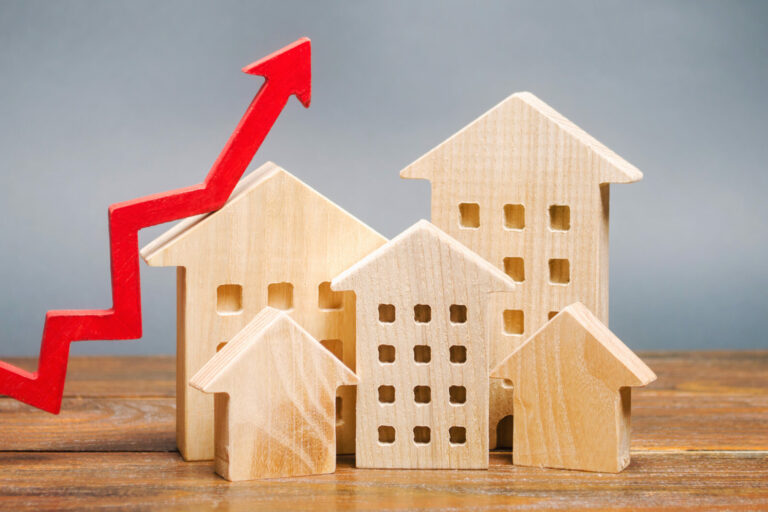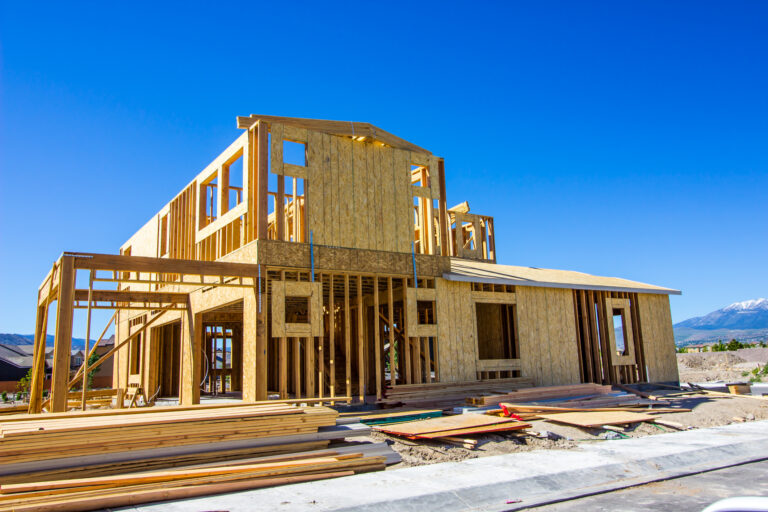Australian Property Update – December 2023

Terry’s View: 2024 Will Defy Property Doomsayers
Just as 2023 defied the forecasts of economists and news media, delivering solid price growth in most jurisdictions, 2024 will do better that the pessimistic predictions that emerged recently.
Those who predicted significant price decline for 2023 and 2024 have something in common: they all believe the biggest factor is interest rates. In the simplistic mindset of bank economists, movements in interest rates dictate what will happen with dwelling prices.
History has shown this is false and 2023 provided further confirmation. There were multiple increases in the cash rate but prices continued to increase in most major markets, proving there were more powerful forces driving prices.
Those elements can be distilled to one word: shortage. The Australian housing market has shortages of everything that matters: we have been building too few new dwellings, there are too few homes listed for sale and there’s an undersupply of rentals. The shortage factor has been exacerbated by high population growth, turbocharged by record levels of overseas migrants.
And, as we consider prospects for 2024, there are no remedies in sight. The building industry has myriad problems and can’t produce homes fast enough. All levels of government, but state governments in particular, stymie development with restrictive taxes and red tape which slows everything down. Policy changes are invariably detrimental to investors which deters the cohort that supplies 90% of the homes people rent – and that worsens the rental shortage.
The other big factor that will impact 2024 is the steady rise in buyer activity throughout 2023. The year began with weak markets in Sydney, Melbourne and Brisbane, as well as regional NSW, Victoria and Queensland. But as the year evolved, sales activity picked up steadily until, by the September Quarter, these markets were pumping strongly.
This is the momentum that will create a strong start to 2024 in those key cities and regional areas.
Where Affordable Rental Markets Are
Rents may have skyrocketed throughout much of Australia but new analysis of CoreLogic data shows there are still some affordable places to rent.
Median asking rents across Australia’s combined capital cities rose 10% to $616 per week in the past 12 months, but CoreLogic says there are still some rentals for as low as $352 per week within 20km of CBDs.
CoreLogic head of research Eliza Owen says there are 29 house markets where asking rents are still below $500 per week on average and in the unit market there are six suburbs where asking rents are less than $400 per week.
“The analysis also highlights the up-and-coming areas from an investment perspective as the strength in their rental market and relative affordability can have the spillover effects of changing the demographics, which fuels gentrification and buyer demand into these areas,” Owen says.
In Melbourne Albanvale (30km from CBD), Laverton (24km) and Broadmeadows (24km) all had rents of $441 a week on average.
In Brisbane, Woodridge (25km from CBD) had the lowest median weekly rents for both houses and units at $501 and $352 a week respectively.
In Sydney, Granville and Auburn (both 22km from CBD) were $648 and $678 respectively.
In Adelaide, Salisbury and Salisbury Downs (about 20km from CBD) were the cheapest at $473 and $478 per week while in Perth, Girrawheen and Gosnells (both about 20km from the CBD) were the cheapest at $491 and $501 per week respectively.
Hotels Could Solve Housing Crisis
Old hotels could be converted into apartments to help ease Australia’s housing crisis, according to commercial agency JLL.
The group says one-fifth of Australia’s hotel stock is more than 20 years old, and it would be easier to convert them into residential use than converting vacant office space as some have suggested.
JLL senior analyst Kyle Wheatley says repurposing existing buildings, could help pick of the massive shortfall in the housing market.
He says hotel buildings usually already have central cores for lifts and other services and floorplans with kitchens and plumbing that lend themselves more to residential refurbishment than office buildings.
“From a very high level it would be much easier, especially for a more serviced apartment product or budget-style smaller hotel product,” he says. “It would definitely be a lot more feasible than an office building, just given the similarities in product type.”
Wheatley says hotels built before 2000 would be getting tired and need renovations anyway.
Some developers have already taken the plunge, with a with a Sydney developer converting a former hotel at Rushcutters Bay into an apartment building and the units are now being offered for sale. The Sir Stamford Circular Quay has also been earmarked for conversion, to apartments.
Residential Activity Picking Up
While the Spring selling market in 2022 was fairly subdued, there was a significant uptick in Spring 2023, according to the property valuation group, Herron Todd White.
In his November Month in Review, national director of residential, Ben Esau, says there has been a surge in transactions and listings, which reflected a more traditional selling season.
Esau says overall stock levels are still below long-term averages but the spring injection of new properties for sale was creating more of a balance between supply and demand.
He says cost-of-living pressures and reduced spending in November has resulted in poor consumer sentiment about the market.
The review says the prestige market is traditionally a lead indicator of what direction the rest of the market is heading in.
“Historically, when the prestige market has been shaken, slowed or has dropped, it has often been a sign of things to come for the wider market,” Esau says.
In this cycle he says even the $10 million plus markets are still experiencing strong demand.
“A potential credit crunch that could close the gate on available capital could instigate a shift in the prestige market but as of today, that doesn’t look likely,” he says.




